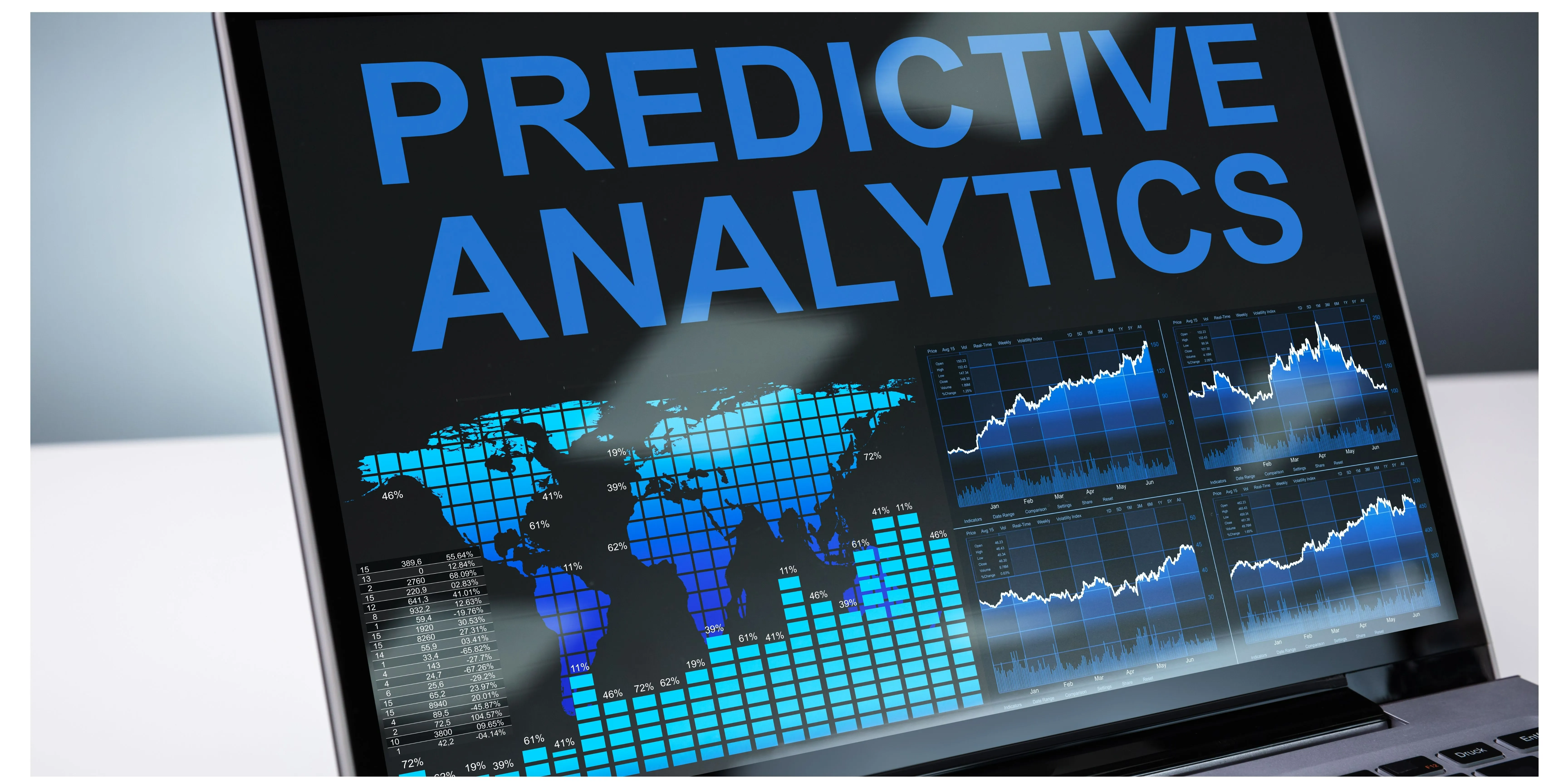
Predictive analytics involves extracting data from existing data sets with the goal of identifying trends and patterns. These trends and patterns are then used to predict future outcomes and trends. While it’s not an absolute science, predictive analytics does provide companies with the ability to reliably forecast future trends and behaviors.
Gartner offers a predictive analytics definition describing the concept as any approach to data mining that contains the following key elements:
- Emphasizing prediction, rather than description, classification, or clustering
- Rapid analysis, with measurements in hours or days, rather than the traditional approach to data mining
- Emphasizing business relevance of the resulting insights
- Ease of use, making data and tools easily accessible by business users
Predictive analytics emerged from a desire to turn raw data into informative insights that can be used not merely to understand past patterns and trends, but provide a model for accurately predicting future outcomes.
The addition of higher volumes of data as it becomes available creates a smart predictive model, relying on larger and larger data sets which produces more reliable predictions based on the volume of data analyzed. Additionally, relying on real-time data to fuel predictive analytics models result in greater accuracy of forecasting.
Uses for Predictive Analytics in Marketing
Predictive analytics is a valuable tool in marketing, allowing marketers to make accurate predictions of the most likely behaviors of consumers. These forecasts are used to formulate the most effective marketing approaches offering the greatest likelihood of achieving desired outcomes.
Other predictive analytics examples include:
- Determining how interested a consumer is likely to be in a promotional offer
- Predicting the likelihood that a customer will become a loyal customer, based on specific promotions or pricing models
- Identifying which customers are most likely to churn
- Pinpointing the up-selling and cross-selling opportunities consumers are most likely to purchase
- Identifying the right combinations of products, services, and promotions to attract target consumers
Of course, in addition to forecasting opportunities, predictive analytics is often used in analyzing risk. Whether a consumer is likely to default on a payment plan, for example, is one of many ways predictive analytics is used in business to analyze and mitigate risk accompanying high-volume and high-cost consumer relationships. Likewise, predictive analytics is a valuable tool for forecasting substantial market changes. At one time, unexpected shifts in demand could be devastating for businesses financially. But with predictive analytics, companies can stay ahead of the curve and adapt in real-time with products and services that are perfectly in-tune with customer expectations.
For organizations that want to capitalize on those trends and events, another step is needed. Predictive offers a great advance, but for true value of the promise of your big data, analytics must be driven by data – they must be prescriptive.
What exactly does that mean?
Prescriptive analytics take predictive analytics one step further, providing a real-time element. On top of predictions of what might happen (predictive), prescriptive analytics apply actions to those insights in real time to each customer at the individual level. It is the “brain” within our data-driven solution.
The full swing level of customization that can only be delivered by a more prescriptive approach to data analysis and software solutions that run that in real time.
Relevant Courses that you may be interested:







